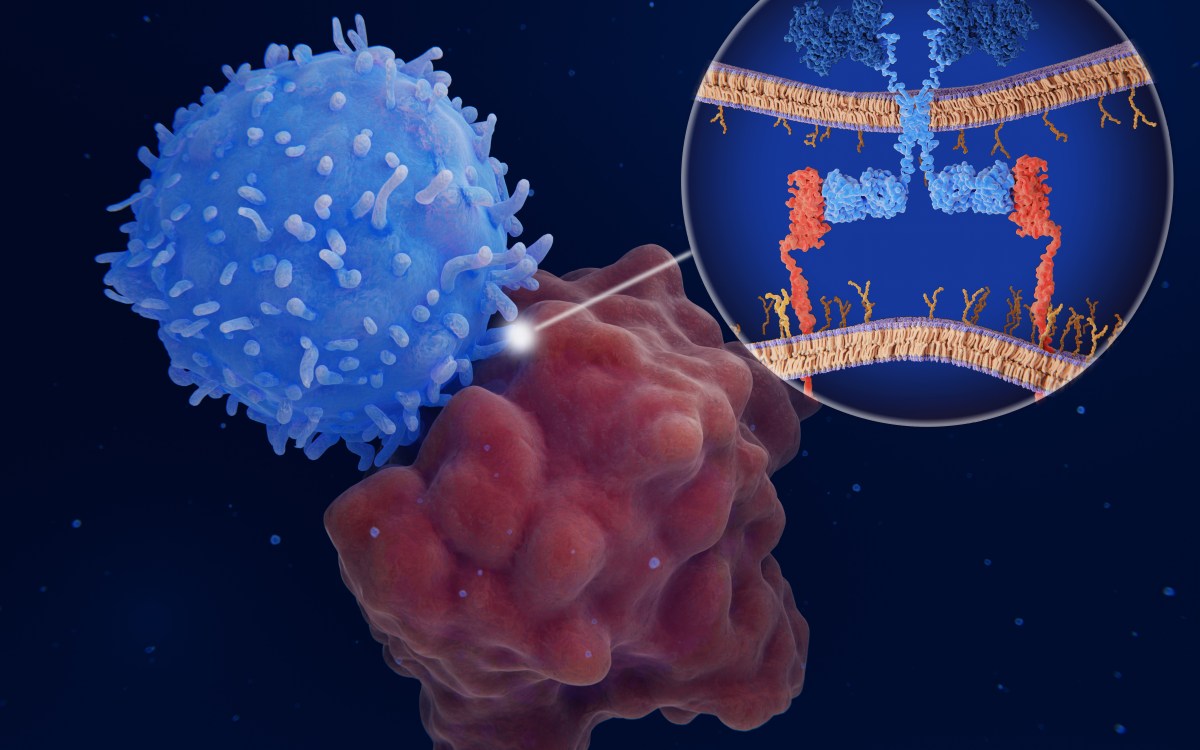Food microbes beware: It’s raining nanobombs
Can super-tiny droplets of water sprayed at strawberries, spinach, and lettuce kill deadly food pathogens?
Philip Demokritou, associate professor of aerosol physics and director of the Laboratory for Environmental Health NanoSciences at Harvard T.H. Chan School of Public Health, thinks so. And if this new technology can be successfully scaled up, he says it could be a “game-changer” in the fight against toxic microorganisms, including E. coli, salmonella, and listeria. The U.S. Centers for Disease Control estimates that each year in the U.S. approximately 48 million people get sick, 128,000 are hospitalized and 3,000 die from the consumption of food contaminated with pathogenic microorganisms.
In a U.S. Department of Agriculture-funded study published in mid-February in the journal Environmental Science & Technology, Demokritou and colleagues describe how nano-sized, charged water particles called Engineered Water Nanostructures (EWNS) can inactivate foodborne bacteria on both stainless steel surfaces and on the surfaces of tomatoes. They found a dose-response relationship in the study; that is, the more EWNS they used, and the longer the EWNS were in contact with the pathogens, the more the deadly bugs were destroyed.





